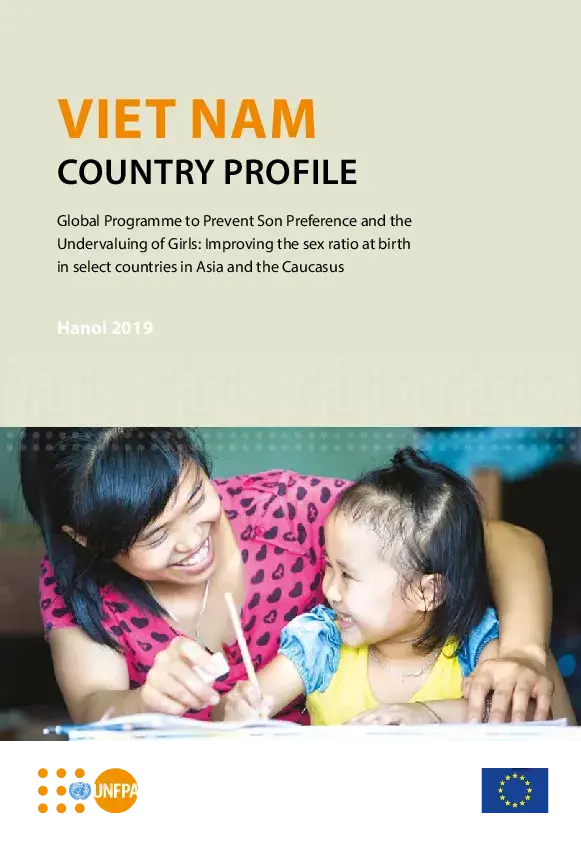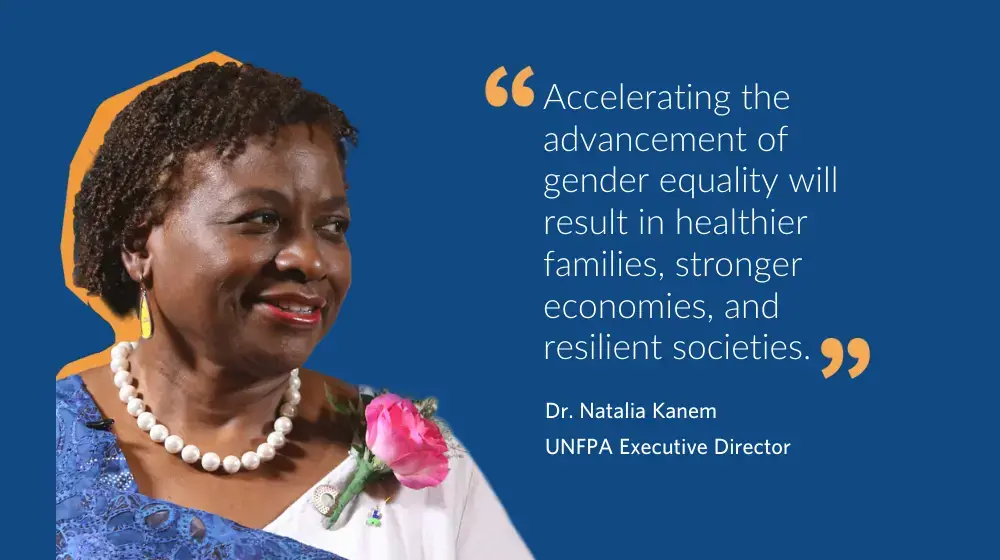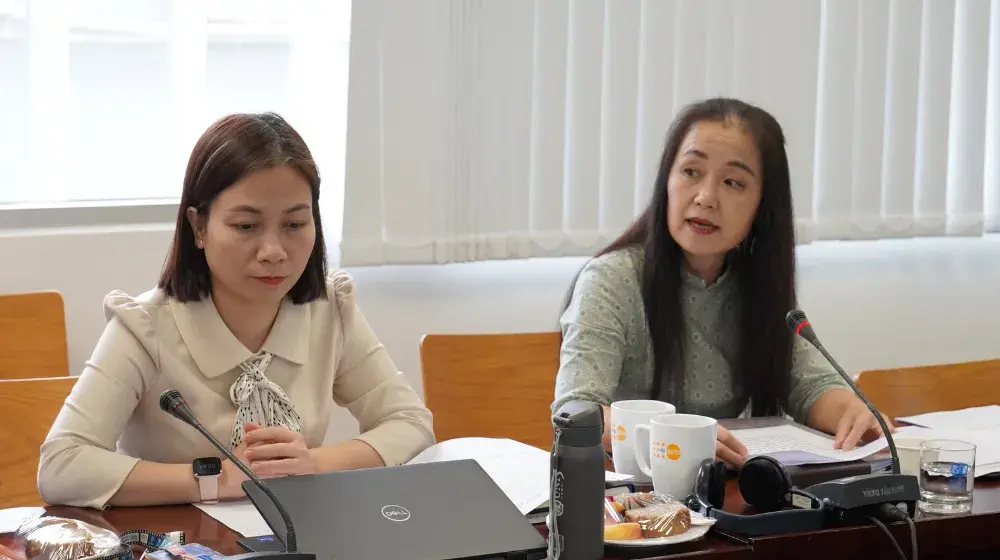Viet Nam has made good progress on its gender equality targets under Millennium Development Goal 3 and has integrated the Sustainable Development Goals in national policy by approving in May 2017 the National Action Plan for their implementation as a guidance framework for Viet Nam by 2030. The legal framework for gender equality and women’s empowerment has become stronger. However, the manifestations of gender inequality such as violence against women and girls, child marriage and gender-biased sex selection remain.
The Government of Viet Nam has recognized the issue of the imbalance in the sex ratio at birth and, with support from the UNFPA country office, has taken efforts to address the issue through policies and legislation, aiming to return the sex ratio at birth to the biologically normal level by 2025. To achieve this ambitious target, several areas of intervention need to be taken into account, including better-targeted and more effective communication that can change social norms and practices that discriminate against women and girls, better law enforcement without limiting women’s ability to exercise their reproductive rights, reliable and timely monitoring, and data for tracking the dynamics of change in sex ratio at birth and the impacts of interventions.
This country profile was developed by the United Nations Population Fund in Viet Nam as part of the UNFPA Global Programme to Prevent Son Preference and the Undervaluing of Girls: Improving the sex ratio at birth in select countries in Asia and the Caucasus. The profile was prepared based on the data, information and results of various population surveys and census, and studies conducted by various partner institutions in Viet Nam, namely the Ministry of Health/General Office for Population and Family Planning, the General Statistics Office, the Parliamentary Committee for Social Affairs (PCSA), and the Vietnamese Fatherland Front.





